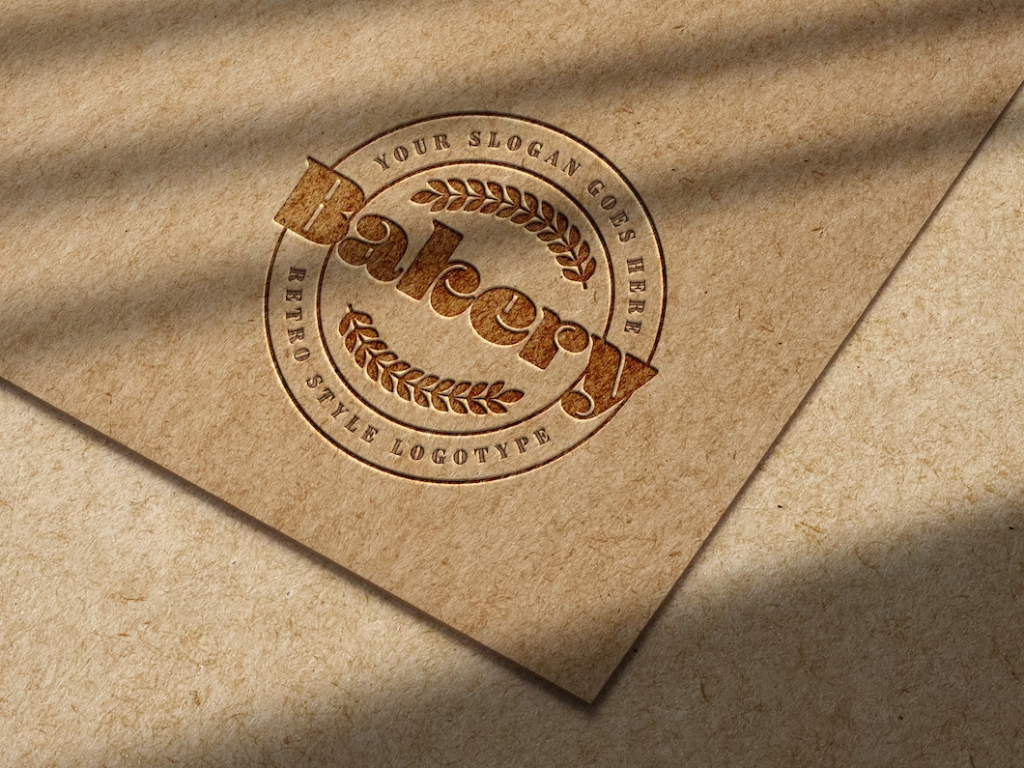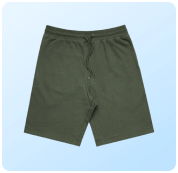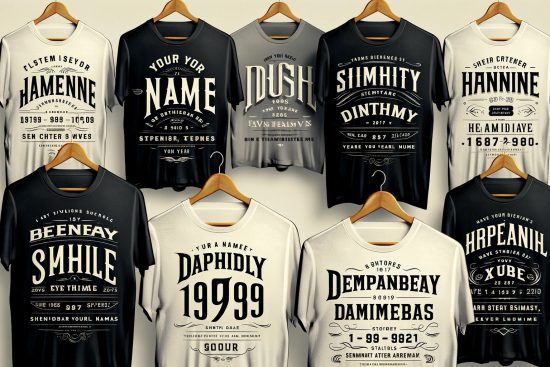
|
Getting your Trinity Audio player ready...
|
Look no further than embossing and debossing printing if you wish to add texture to your print product for dramatic effect. These techniques can be used by themselves or in conjunction with other specialty printing techniques to add visual interest to specific categories of projects. The history of embossing dates back to the 1400s, when it was used to personalise stationery for the wealthy. Let’s discover!
Embossing
In embossing, a custom metal die is used to elevate portions of the paper. The die consists of two parts that function as a stamp. The paper is shaped by the combination of pressure and heat when pressed between the die’s parts and then heated. Dies can be simple or complex based on the intended effect and the piece’s design. The embossing depth is approximately 1/64 of an inch, which sounds tiny but has a significant impact!

Debossing
Debossing is the opposite of embossing. Instead of being elevated, the paper is compressed. This occurs naturally during the letterpress printing process, although modern letterpress is impressed much harsher than intended initially because the debossed appearance is so popular. In all other respects, the two-die process is identical but inverted.

Embossing and Debossing Techniques
- Blind embossing/debossing indicates no ink or other embellishment on the page, and the impression (or indentation) is on an otherwise plain sheet. The embossed or debossed areas will be pressed flat on textured paper, enhancing the visual impact of this treatment.
- Combination embossing/debossing typically includes foil etching and embossing or debossing. (This is simple, as both processes utilise heat to produce their effects.) The two effects are applied to the same area, creating a raised (or indented) area with the foil effect.
- In registered embossing/debossing, the process is combined with a printed element (such as ink).
- Multilevel embossing/debossing uses a die with multiple depth levels to produce a more sculptural or textural impression or depression. An example would be a die designed to make an impression that gives the impression that the paper has wrinkles of varying depths.
Suggested Read: T Shirt Printing & Transfer Paper Types Update
Embossing vs debossing
The choice between embossing and debossing depends primarily on the design aesthetics you wish to convey, the image of your brand, and the emotion you want to give to your customer or viewer. If your design objective is to create a striking, eye-catching image with a design that stands out from the page, embossing would be a good choice.
Alternatively, debossing may be the best choice if you want a more nuanced, subtle effect that adds dimension without necessarily screaming for attention.
The printing medium and design considerations may also influence the choice between embossing and debossing. Thicker materials are more likely to retain embossed designs, whereas gentler materials can benefit from debossed designs.
Also Read: Tee Shirt Design Step by Step Guide
In addition to considering each method’s practical applications and customer perception, it is crucial to consider these factors. Embossing and debossing processes can impart a sense of high-quality craftsmanship, resulting in a premium feel that can enhance brand perception and consumer loyalty.
The Applications of Debossing and Embossing
The motivations behind embossing and debossing are aesthetic. For example, embossing works well for everything from braille novels to credit cards. Moreover, custom greeting cards, letterheads, paper products, leather, and other packaging materials are extensively used.
The materials and products they deal with are not limited to commonplace ones. These images enhance the product’s allure to attract more customers.
Therefore, when designing printed materials, consider these factors. Despite the digital age, musicians continue to utilise these techniques for CD covers. Artists can appear more credible by employing this method.
Ever thought about giving your clothes a cool twist? Well, using embossing and debossing in garment printing make your outfits pop distinctively. Think about it – T-shirts, hoodies, workwear, and sportswear – you can design everything using these printing techniques. Rock T-shirts with logos and eye-catching designs. Debossing adds subtle aesthetics and depth to the fabric, bringing in that classy, high-end feel. So why not jazz up your threads and make your brand shine with embossing and debossing?
The Conclusion
Navigating the embossing versus debossing debate is not about choosing a superior technique but selecting the method that best aligns with your design objectives and brand message.
Whether you seek to imbue elements of your design with the tactile, three-dimensional prominence that embossing provides or prefer to enhance your design with the more subtle, sophisticated depth cast by debossing, both techniques can transform the ordinary into the extraordinary.
Both embossing and debossing alter the surface, but the added texture and visual appeal convey quality and attention to detail and define the overall user experience.
In conclusion, selecting one of these techniques allows you to capture and communicate your brand’s demeanour, establishing the tone for your audience’s perception and comprehension of who you are as a brand.
Explore Related Topics:
- Essential Equipment Needed for T shirt Printing
- Unveiling the Different Types of T-Shirt Printing Methods
- Screen Printing vs. Dye Sublimation: Which is Better?




















